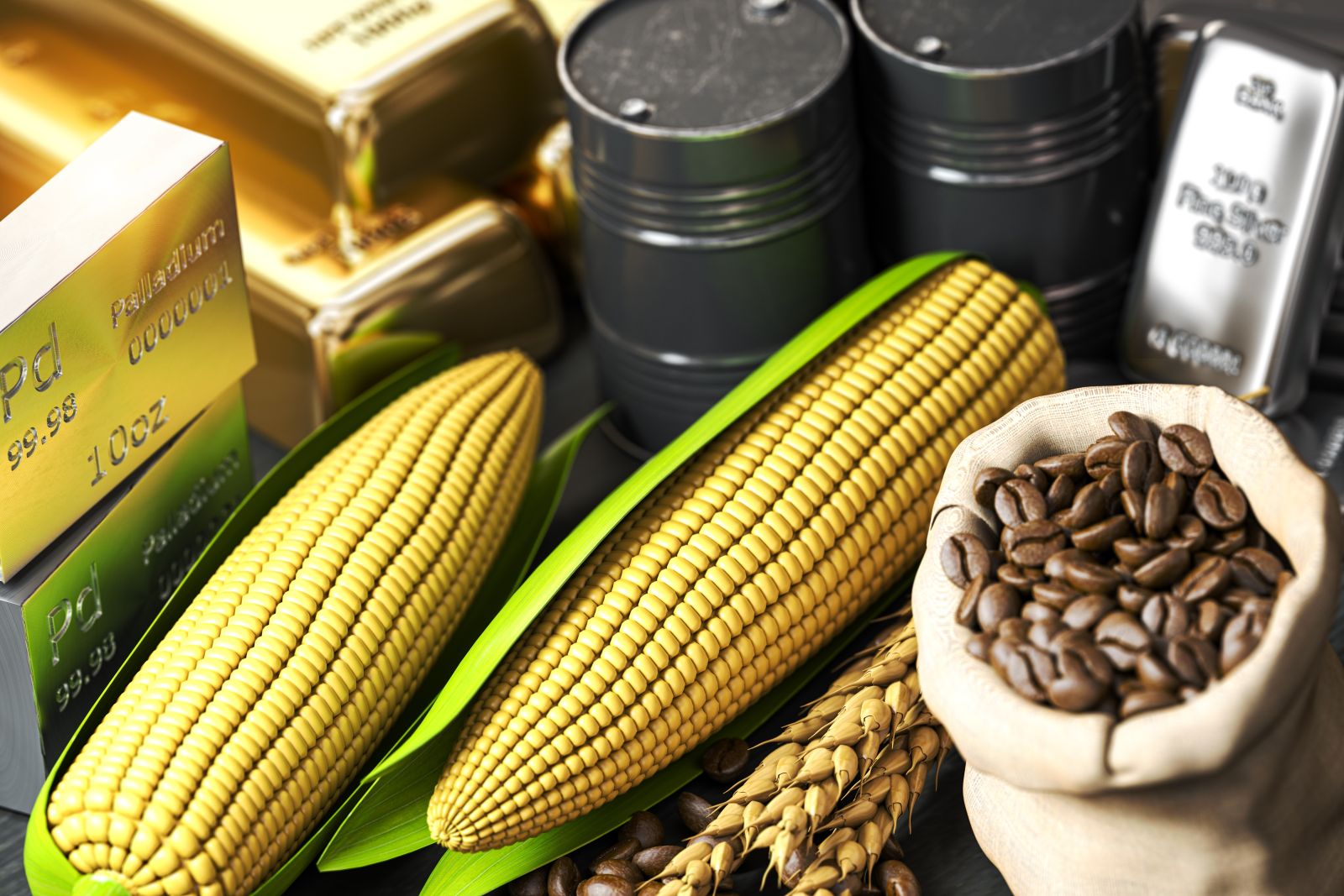
The last few years saw markets in the Softs sector soar to record highs due to adverse weather across key growing areas around the world, creating short supply situations.
-
On the other hand, gold and silver continue to skyrocket on continued strong global demand.
Don’t Miss a Day: From crude oil to coffee, sign up free for Barchart’s best-in-class commodity analysis. These two distinct market situations - short supply or new demand - create different long-term price expectations.
I’ve talked a lot recently about the historic rally in Metals, particularly gold and silver, bringing to mind some of what I’ve written in the past about the Softs sector. George K., my young friend from Greece, sent me an email asking about something I had written regarding the difference in the moves made by markets in these two sectors. Reading between the lines, he asked if the difference I was referring to was a supply driven rally and demand driven markets. He was spot on. But his question prompted me to write a more in-depth look at what this means.
Let’s start with some definitions. A supply driven market, usually a short supply situation, though it can be an oversupply issue (e.g. US wheat), means a market is racing higher as merchandisers and end-users push nearby/spot futures contracts in relation to deferred issues in an attempt to source supplies to meet demand. This often results in futures spreads and forward curves becoming inverted, or backwardated in New York terms, a telltale sign of a short supply driven market. In Grains and Softs, sectors made up of markets that are weather derivatives at heart, generally speaking, short supply situation situations are usually created by adverse weather.
The move in cocoa between 2020 and 2023 was tied to production problems caused by weather in western Africa where three of the top 10 largest producing countries can be found; Cote d’Ivoire (1), Ghana (2), and Nigeria (7) are located. Coffee has also been in the news of late after the spot futures contract hit a new all-time high of $4.4085 this past February and is still sitting near $4.00 in mid-October. Brazil, Vietnam, and Colombia are the world leaders in production, with early weather issues noted in both Brazil and Vietnam.
Another hallmark of short supply rallies is that they tend to end quickly, or as the old market saying goes, they come crashing back to earth with the next harvest. Therefore, we can say that a short supply situation (bullish or bearish, but usually bullish) creates a short-term change in price. Once the short supply situation is resolved, the market tends to fall back to previous price levels.
Demand driven markets, on the other hand, are different beasts entirely. I define this situation as new demand created, pulling on steady to growing supplies, resulting in a long-term change in price expectations. Those tracking US corn as a long-term investment are familiar with what happened following the passage of the Energy Policy Act of 2005, back when the US had a government capable of doing such things, an Act that included increased Renewable Fuels Standards. This created new ethanol demand that initially sparked a rally by the National Corn Index from a low monthly close of $1.54 at the end of October 2005 to a high monthly close of $6.74 at the conclusion of July 2008. When the inevitable selloff came, the Index dropped back to near $3.00, above what used to be considered the high end of the cash market’s long-term range of $1.50 to $2.50. A higher price range was established due to new demand.
What does this mean for Metals, gold and silver in particular? First, neither market is considered a weather derivative, so we know a short-supply situation has not been created by adverse weather conditions. This tells us what we are seeing falls more in line with a demand driven rally. But where is the demand coming from?
Starting with silver, some of what the demand driving the futures market and the Cash Index (SIY00) to a new high of $53.84 during October 2025 is from increased industrial use, most notably in the solar power industry. Naturally, since the US has eschewed this new technology as sorcery, the US has reverted back to the Dark Ages scientifically when the world was considered flat, much of what is occurring with silver has to do with demand from the rest of the world. However, a recent piece on Kitco News talked about how the outlook for silver, the “white metal”, included a decline in demand of about 11%. The piece concluded with, “…the primary risk for silver lies in shifting demand within the solar power sector”.
Not so for gold, though. Demand for the yellow metal (GCY00) is expected to stay strong due to the “(US) White House’s unorthodox policy framework…”. To put it another way, global banks around the world are certain of only one thing when it comes to the US administration – uncertainty. The rest of the world is scratching its head and taking precautions for a number of reasons tied to what is happening in the US, including the “push to cut (interest) rates with inflation around 3%”.
I don’t see long-term demand for gold slowing anytime soon. Even if the US somehow makes it to the next round of elections, if there is a next round, it could take decades before the rest of the world is comfortable with what the situation has become. Therefore, as we’ve seen, selloffs in gold will likely be met with renewed and continued buying interest.







